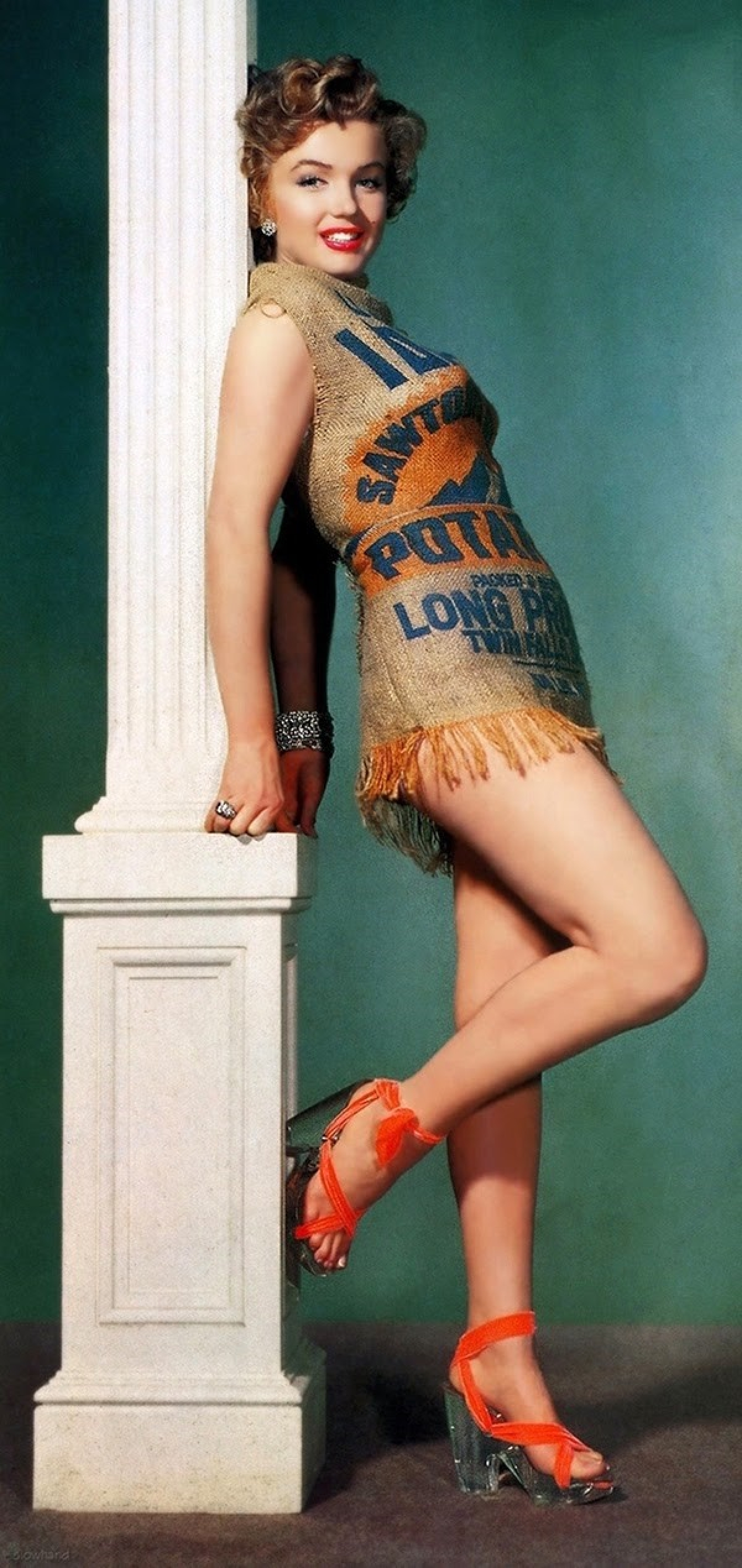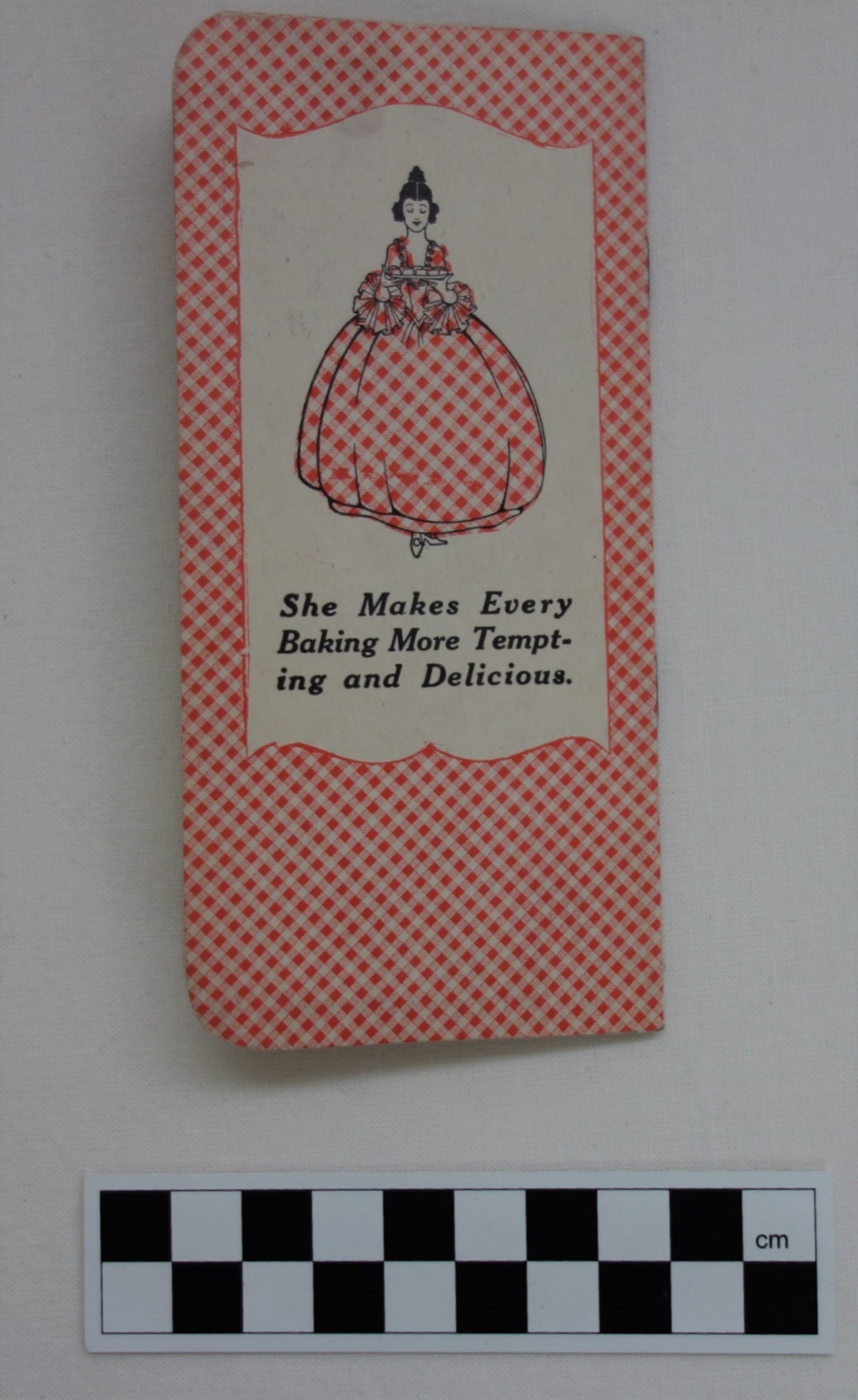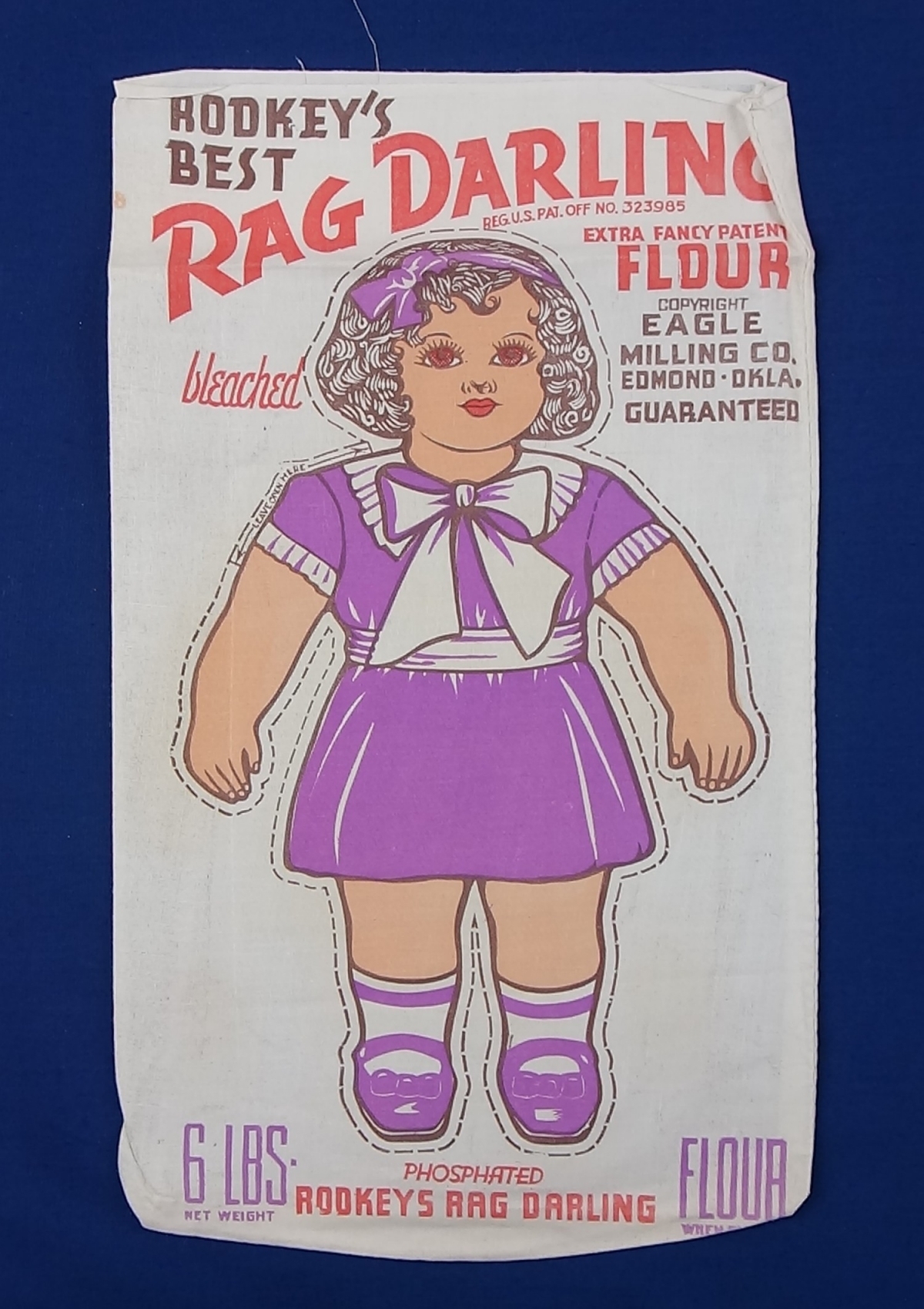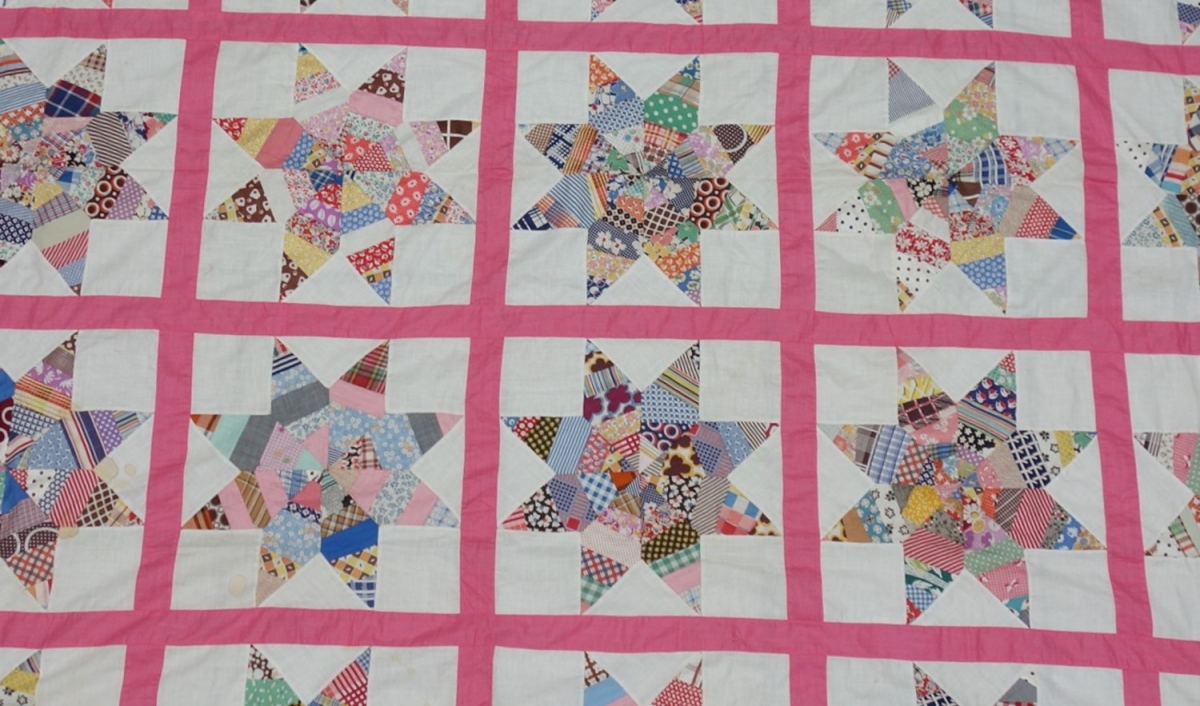For A Few Sacks More
For a few sacks more
For a few sacks more.... How feedsacks clothed and warmed Americans during the Depression, and later.
This was the name of an exhibition set up and hosted by the Textile Research Centre, Leiden, The Netherlands, between January and July 2018. The idea for the exhibition came as a result of a donation to the TRC in 2017 of 35 feedsacks made of printed cotton cloth. These and items collected since then reflect a story of resilience, female ingenuity, thriftiness, sustainability, art and design, national awareness, as well as economic and commercial insight for nearly fifty years, from the 1920’s to the 1960’s. It is an amazing story, and one that is now barely known outside of the USA.
The decorative versions of the feedsacks became very popular and were used for a wide range of items, including men, women and children’s clothing and household items, such as bedding (sheets, pillowcases, quilts), curtains, tablecloths, and clothes pin bags. In fact, they were used for just about anything. The exhibition includes examples of actual feedsacks, as well as clothing, toys, curtains and bags, made from them. In addition, there are numerous bed quilts made from feed sack materials, which reflect the creative use of the sacks and cloth scraps.
The exhibition was made possible thanks to the generosity of the Small Grant Program of the USA Embassy, The Hague.
The actual exhibition is available for loan by other museums and institutions. Click here for more details about the package.
Further reading:
Jones, Lu Ann and Sunae Park (1993). “From feed bags to fashion” Textile History, vol. 24, no. 1, pp. 91-104.
Nixon, Gloria (2015). Rag Darlings: Dolls from the Feedsack Era, Kansas City: Kansas City Star Quilts.
McCray, Linzee Kull (2016). Feed Sacks: The Colourful History of a Frugal Fabric, Calgary: Uppercase Publishing Inc.
Walton, Frank L. (1945). Thread of Victory, New York: Fairchild Publishing Co.
For this online exhibition:
- Author: Gillian Vogelsang-Eastwood
- Web-design: Joost Koopman
- Exhibition design: Willem Vogelsang
- Publisher: TRC Leiden.
- Year of publication: 2018
- Copyright: All illustrations of objects housed in the TRC collection can be used free of charge, but please add to the caption: "Courtesy Textile Research Centre, Leiden" and the pertinent accession number of the object.












